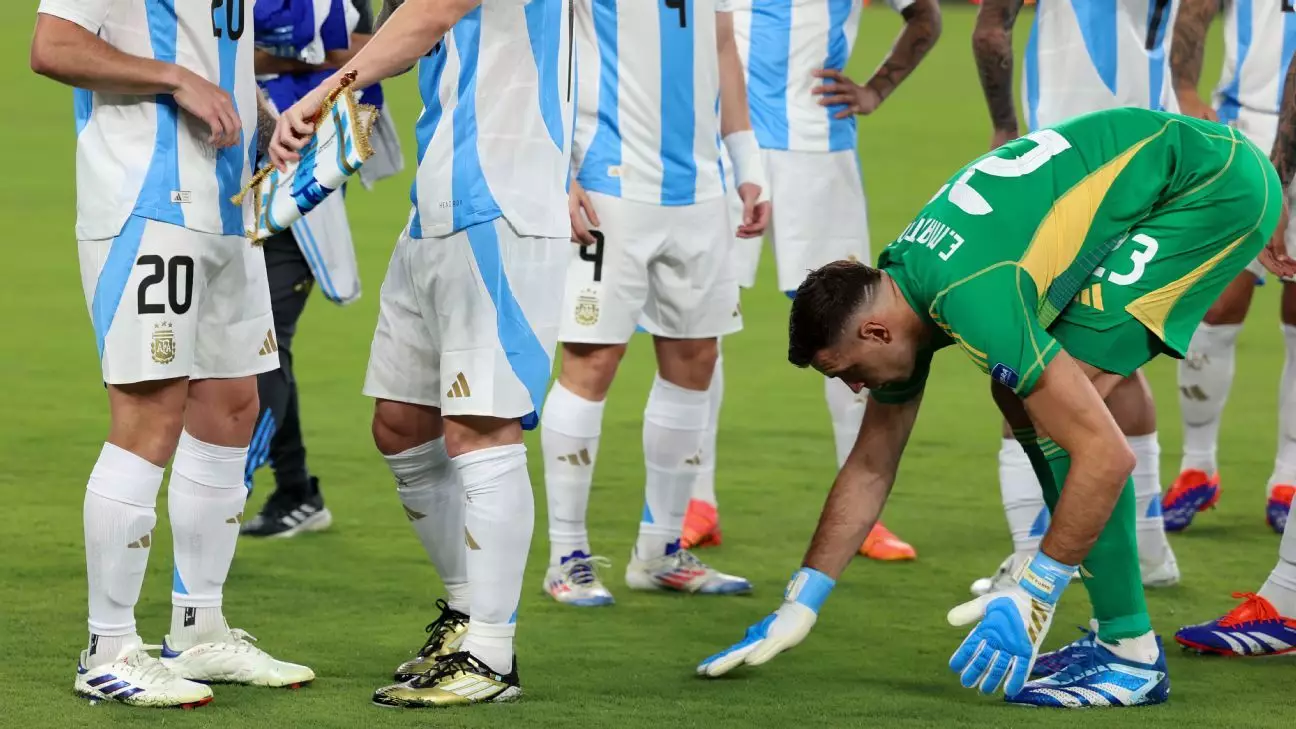With the 2026 World Cup approaching, the pressure is on to ensure that the playing surfaces are of the highest quality. The tournament will be spread across 16 cities in three different countries, each with its own unique climate and elevation. This ambitious plan presents a challenge for FIFA and its partners to create the perfect pitch for all venues.
The FIFA Partnership with Turf Experts
To tackle this challenge, FIFA has partnered with turf experts from the University of Tennessee and Michigan State University. These experts have been researching and developing the best surfaces for the tournament. Their goal is to avoid the issues that plagued the recent Copa América tournament, where shaky surfaces caused controversy among players and coaches.
This is not the first time that turf quality has been a concern at a major tournament. Three decades ago, during the 1994 World Cup in the United States, games were played indoors at the Pontiac Silverdome. Today, some stadiums with roofs will also host games at the upcoming World Cup. The experiences from past tournaments have helped shape the approach to turf quality for the 2026 tournament.
One of the additional variables that the turf experts are considering is climate change. With games stretching from Mexico to Canada, the playing surfaces will need to be able to withstand a wide range of conditions. To address this, several varieties of grasses are being considered to ensure that the pitches remain in top condition throughout the tournament.
While new grass varieties have not been specifically bred for the World Cup, advancements in turfgrass breeding over the past 20 years have resulted in improved heat, drought, disease, and wear tolerance. Both the University of Tennessee and Michigan State University have been at the forefront of these efforts, testing different surfaces to see how they respond to the demands of professional football.
The goal of FIFA and its partners is to ensure that the playing surfaces at the 2026 World Cup do not become a point of discussion like they did at the Copa América. By conducting extensive research and testing, the turf experts are confident that they will be able to provide the best possible pitches for the tournament. The hope is that in two years’ time, the focus will be on the football itself, rather than the quality of the playing surfaces.

